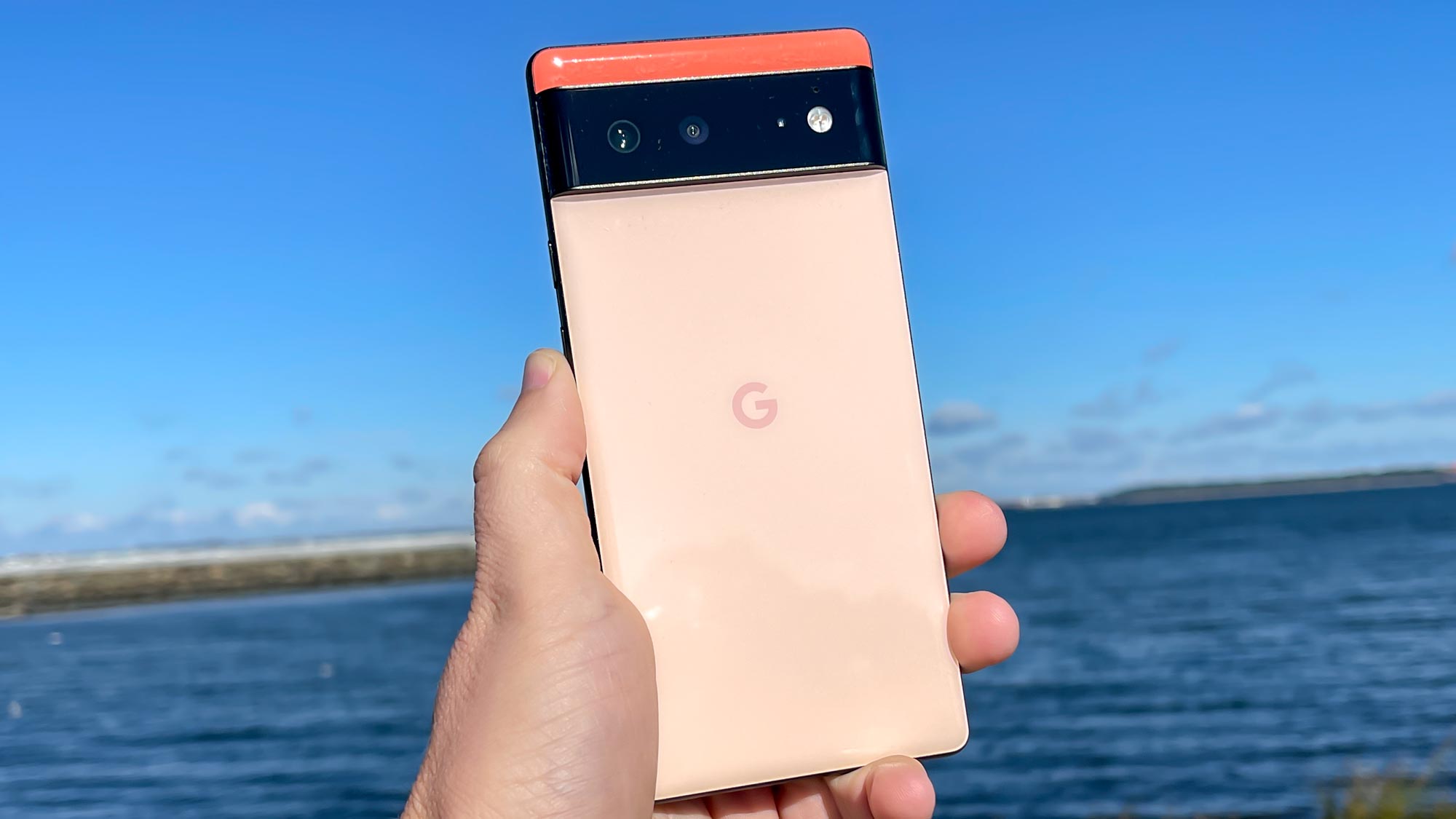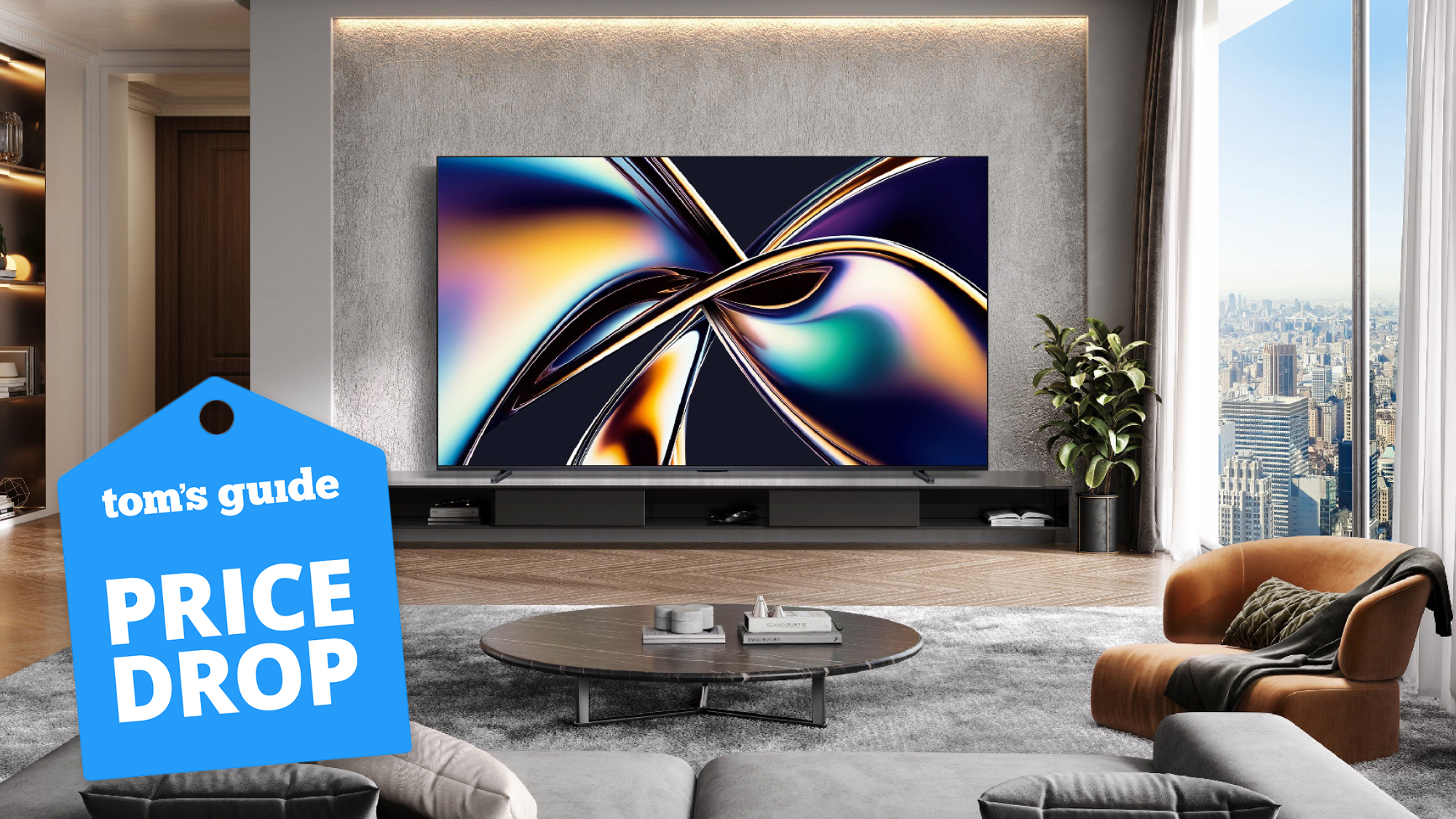The Google Pixel 6 is a year behind other flagships — here’s how

Update: Our Google Pixel 6 review and Google Pixel 6 Pro review are now live.
The Google Pixel 6 and Google Pixel 6 Pro are looking to be impressive devices at competitive prices, from the new Tensor chip to their advanced cameras. Unfortunately, when compared to other flagship phones like the iPhone 13 and Samsung Galaxy S21, Google is lagging in one key area: 5G.
According to a report from PCMag, The Pixel 6 and Pixel 6 Pro reportedly use Samsung's Exynos 5123 modem along with Google's custom Tensor processor. This is the same modem used in last year's international version of the Samsung Galaxy S20. While this might not seem like a big deal, considering how quickly 5G technology is evolving, it actually does put Pixel at a notable disadvantage compared to the competition.
- The best phones overall
- Google Pixel 6 vs Pixel 6 Pro: Biggest differences
- Plus: Pixel 6 Pro vs iPhone 13 Pro Max real-world speed test shows surprising results
When dropping $600-900 on a phone, consumers usually want the latest tech to ensure that their purchase lasts as long as possible. When it comes to 5G modems, having this year's chip means netting faster and more consistent 5G speeds for the following three to five years.
The Exynos 5123 modem is about on par with Qualcomm's X55 modem found on the iPhone 12 and the U.S. version of the Galaxy S20, according to PCMag. The iPhone 13 and the U.S. version of the Galaxy S21 are using Qualcomm's X60 5G modem.
Older 5G modem put to the test
We did an unscientific comparison between the iPhone 12 and iPhone 13 on T-Mobile's 5G network in the central New Jersey area. Our simple test, done via Ookla's Speed Test app, gave the iPhone 12 an average download speed of 32.72 Mbps, whereas the iPhone 13 sat at 58.26 Mbps. That's a dramatic improvement in 5G performance.
Upload speeds were mediocre across both the iPhone 12 and iPhone 13, with an average of 4.07 and 7.55 Mbps, respectively. But it does show that the newer Qualcomm X60, plus other optimizations around antennas, can make a substantial difference.
Get instant access to breaking news, the hottest reviews, great deals and helpful tips.
If the Exynos 5123 modem is a good approximation of performance with the Qualcomm X55, then Pixel 6 owners will have to deal with significantly slower 5G speeds. Of course, firmware, local networks and internal antennas can make a big difference. It's just something to be aware of for prospective Pixel 6 buyers.
I personally had been rocking the U.S. version of the Galaxy S20 FE, which also had the X55 modem by Qualcomm. And on T-Mobile's 5G network here in Houston, I found the experience frustrating. Often, speeds were so slow and inconsistent. I ended up locking my phone to 4G LTE for better overall performance. I've since switched to the Samsung Galaxy Z Fold 3.
Interestingly, during Google's Pixel 6 event, it did very little to show off the connectivity features of the device. We didn't get any 5G Stadia demos or other bits that could show off the phones' Wi-Fi 6E performance. Google was more interested in showing off its Material You UI design that will come packed with Android 12.
The Google Pixel 6 and Pixel 6 Pro go on sale October 28 for $599 and $899, respectively. Just don't expect blazing 5G in exchange for those lower prices.

Imad is currently Senior Google and Internet Culture reporter for CNET, but until recently was News Editor at Tom's Guide. Hailing from Texas, Imad started his journalism career in 2013 and has amassed bylines with the New York Times, the Washington Post, ESPN, Wired and Men's Health Magazine, among others. Outside of work, you can find him sitting blankly in front of a Word document trying desperately to write the first pages of a new book.
